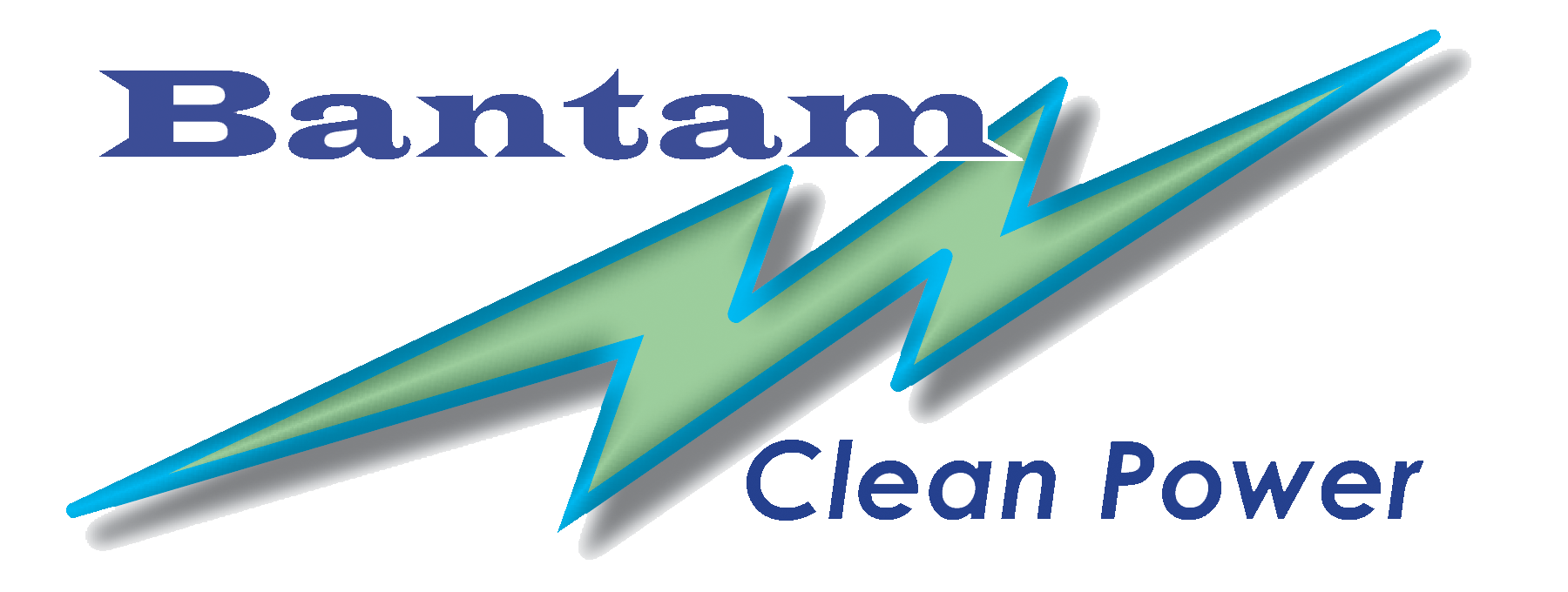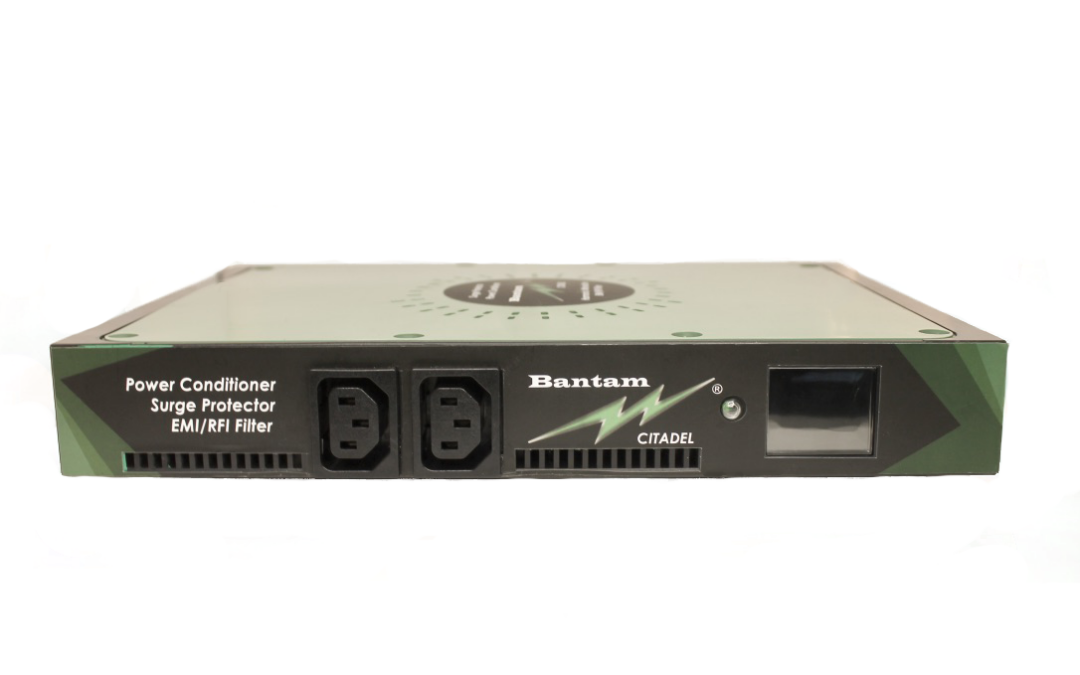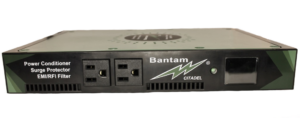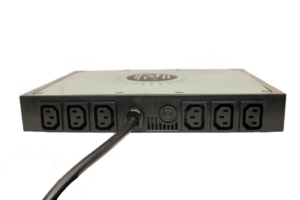Broadly speaking, few people understand the importance of a UL mark, or any other Nationally Recognized Testing Laboratory (NRTL) mark, on a product. We wish they did, because not only would there be a better educated consumer, there would be a somewhat safer world if consumers made sure they chose safety-listed products versus those that are not. Here at Bantam Clean Power, we have almost 20 years of experience getting products listed by either Underwriters Laboratories, LLC or MET Labs (Eurofins), Inc. We get asked often by customers what the true value of these marks are; some other customers simply demand that there be a mark before even considering the product for purchase, so we see both ends of the spectrum in terms of necessity and importance of safety marks.
Currently, we have our long-anticipated Citadel RM1440 and RM2880 power conditioners in the final phases of UL safety certification. Once testing is completed with a favorable evaluation, we will go into full production because the product is now “listed” in the NRTL’s database as acceptable against tested standards for safety. We wanted to give you, our readers and customers, an idea of what effort it takes to get a product safety listed. Then we will talk about why a product should be listed.
First, a bullet list of the tasks and items that are part of the listing process.
- Full set of documentation that includes schematics, bill-of-materials (with UL file numbers for all components that require them, like wire and insulators), user instructions, ratings labels and attestations of material safety.
- Naming and adding authorized factories. Thees locations and the manufacturing process will be subject to random inspections by UL personnel to document compliance.
- A list of the safety standards to which the manufacturer wishes to have the products evaluated and any additional standards that may be required to meet the full set of safety requirements. In particular for the Citadel series, we are seeking IEC/UL 62368-1 for US, Canada and a CB report for additional foreign markets.
- UL provides a quote and scope of work for pursuing the listing project using the agreed upon standards as applied to our subject products.
- We must provide a number of samples. These samples will be subjected to all kinds of tests that including poking, dropping, pulling, temperature elevation and electrical loadind/unloading. The point of all these tests is to identify any weak points. All of us – UL and Bantam Clean Power – want to make sure that electrocution, fire or a hazardous condition is not caused by normal operation or a malfunction of the product in the prescribed and anticipated operating conditions. The IEC/UL 62368-1 standard is all about preventing someone from being harmed. Really, what is more important than that.
Why do companies go through the listing process? First and foremost, it is ensures that products are not placed in the market that could inadvertently cause harm. As engineers and marketers, we need safety engineers to help us meet that goal. Secondarily, discerning customers, such as electrical contractors, design engineers and so on demand that the products used in their configurations bear a safety mark for the relevant standards. And the listing is good practice for manufacturers, too, because their insurers provide a better general liability premium to products that are evaluated by trusted third parties to be safe.
At Bantam Clean Power, we take an extra step to ensure our products are designed safely. We contract with Product Safety Consulting to evaluate all our products BEFORE they are submitted to the labs for testing. PSC performs all the same tests to the same rigorous standards that UL or MET will do. In many cases, because PSC is a recognized testing facility, their data and test results are accepted by UL or MET and therefore the testing is not repeated by them, speeding up the process and potentially saving money. It is a PASS or FAIL proposition when submitting products for test to UL or MET. If you fail during testing, you have to figure out what was wrong and resubmit all over again, at the same cost (roughly) as the first time. That is not the best way to market. On the other hand, PSC tests with us, and if there is a test that fails, we work together to solve the issue until the test passes, repeatedly. We are big fans of PSC for the help they have given us over the past 15 years, and they have been a tremedously valuable team with us on the Citadel journey so far.
We can’t wait to make this new power conditioner generally available. Beta customer testing is exceeding expectations in terms of performance and ease-of-use, so we think we have a better solution to the quest for clean power for high-performance electronics. We hope you enjoyed this article.



